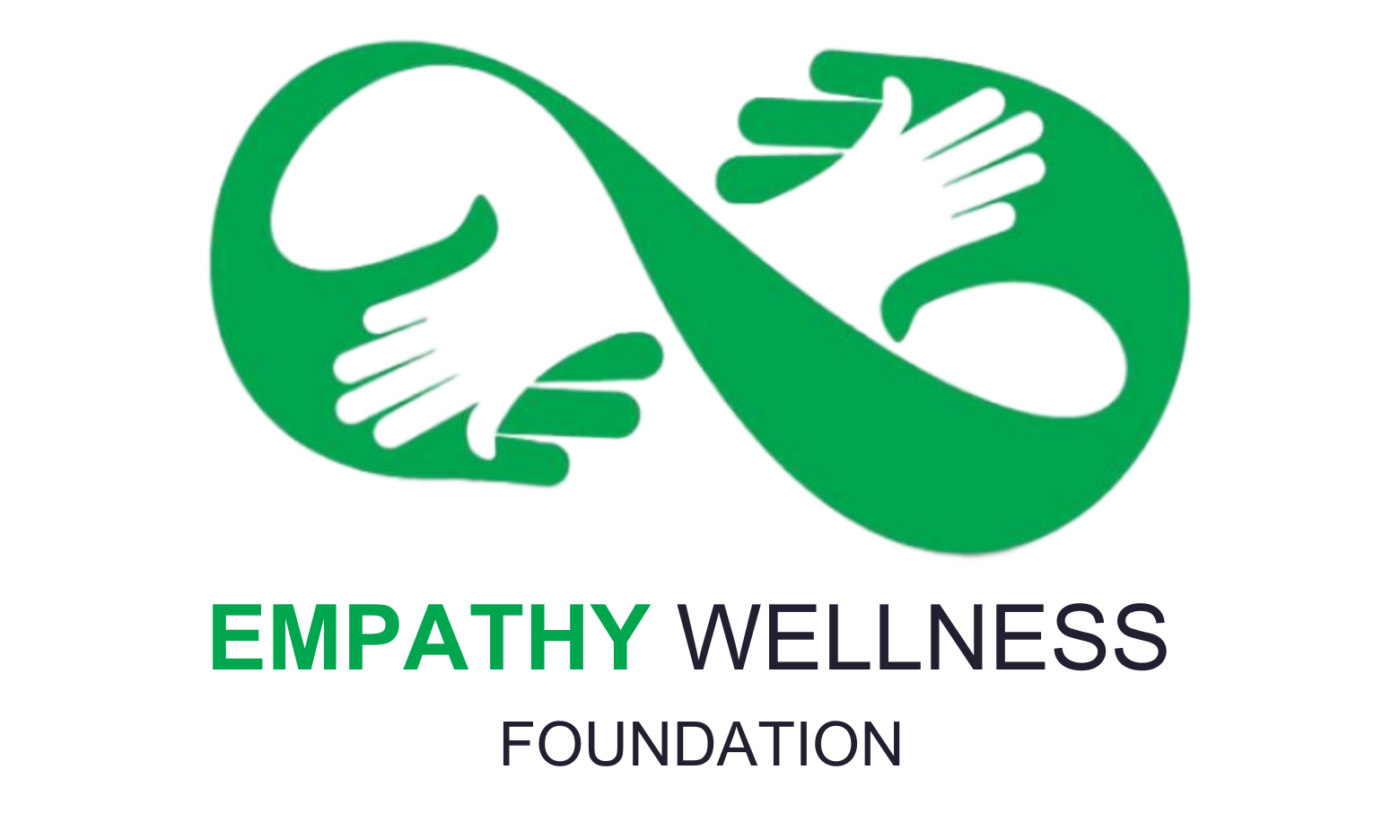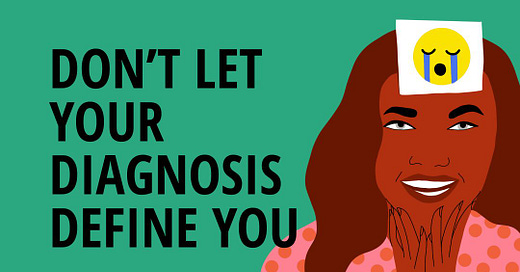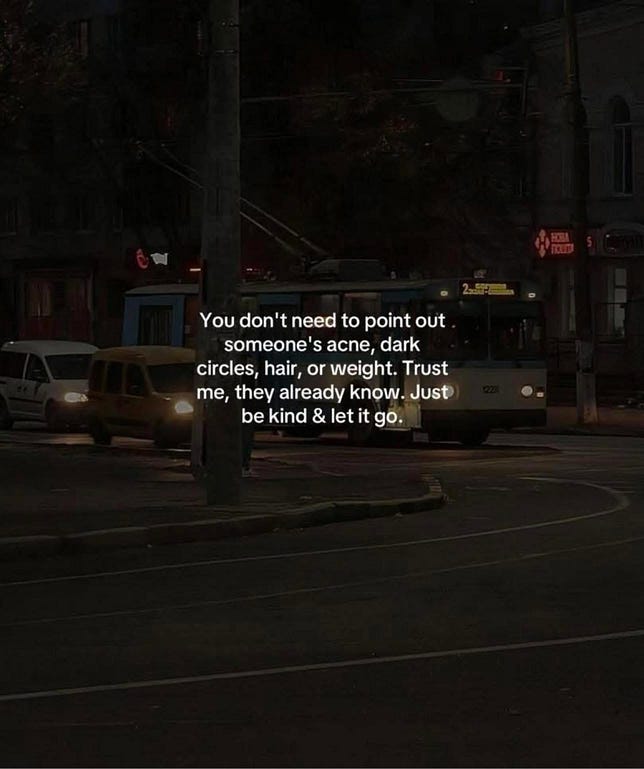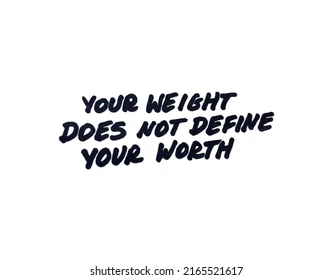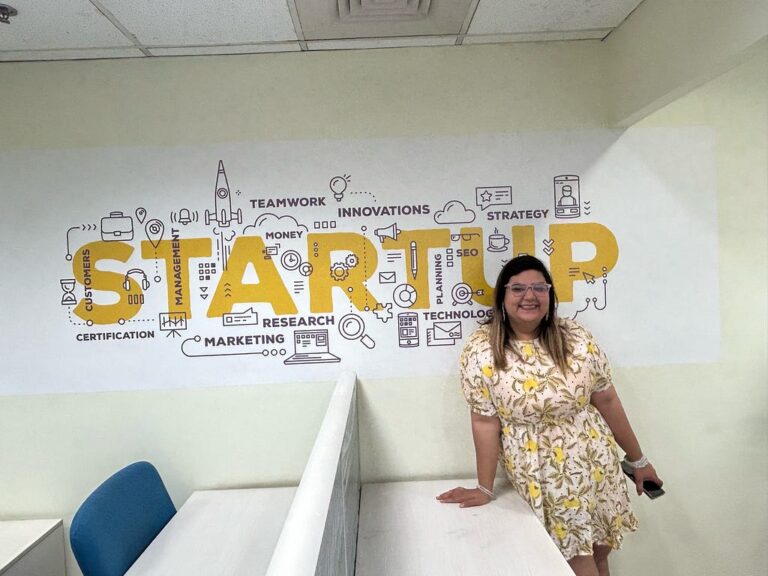You Are Not Your Diagnosis: Seeing the Person Beyond the Label
Receiving a mental health diagnosis can be a turning point. For some, it brings relief—finally, there’s a name for what they’ve been feeling. For others, it can be overwhelming. Suddenly, they’re not just themselves anymore—they’re “the anxious one,” “the bipolar friend,” or “the person with depression.” But no matter the label or condition, one truth remains:
You are not your diagnosis.
You are a whole, complex, beautifully layered person. And no label—no matter how accurate—can ever fully capture who you are.
Why Labels Can Help—But Also Hurt
Diagnoses serve a purpose. They help professionals understand what’s happening, guide treatment, and provide a shared language for symptoms. When you’ve been struggling in silence, hearing a diagnosis like PTSD, OCD, ADHD, or borderline personality disorder can feel like a light turning on in the dark.
It says, “You’re not alone. This is real. And it has a name.”
But labels can also become limiting when they start to define someone’s identity or worth.
We live in a world that tends to oversimplify. People are reduced to categories. “She’s bipolar.” “He’s autistic.” “They’re schizophrenic.” These shortcuts may seem convenient—but they erase the human being behind the diagnosis. And when society starts to see only the label, it becomes harder for people to be seen for who they truly are.
The Danger of Internalising the Label
It’s not just others who may box us in—sometimes, we internalise those labels ourselves.
When someone starts to believe “I am my illness,” it can impact:
- Self-worth – Feeling broken, flawed, or beyond repair.
- Identity – Losing sight of interests, values, or personality outside the diagnosis.
- Hope – Believing change or healing isn’t possible because “this is just who I am.”
But here’s the truth: a diagnosis is something you have, not something you are.
You are not broken. You are not a problem to be solved. You are a person navigating something challenging—and that’s brave.
You Are Still You
Your diagnosis may explain parts of your experience, but it does not define your intelligence, your kindness, your creativity, your sense of humour, or your ability to love and be loved.
You are still:
- The friend who listens deeply.
- The person who laughs at corny jokes.
- The writer, the artist, the thinker, the dreamer.
- The person who is trying—and growing—even when it’s hard.
You are still you.
Seeing People Beyond Their Diagnosis
Just as we want to be seen for more than our struggles, we must offer that same grace to others. When we meet someone with a mental health condition, instead of focusing on the label, we can focus on:
- How they show up in the world
- What brings them joy or peace
- The strength it takes for them to keep going
- Their unique story beyond the clinical language
Empathy begins when we stop seeing someone as “other” and start seeing them as fully human.
Mental Health and Identity Can Coexist
This isn’t to say we should ignore or downplay a diagnosis. Denial isn’t helpful—but neither is over-identifying. The goal is balance.
You can acknowledge your diagnosis while still nurturing the many other parts of you.
You can say, “Yes, I live with anxiety” and also say, “I’m a great friend, a dog lover, and I make amazing playlists.”
You can seek treatment while also building a life rooted in purpose, connection, and joy.
